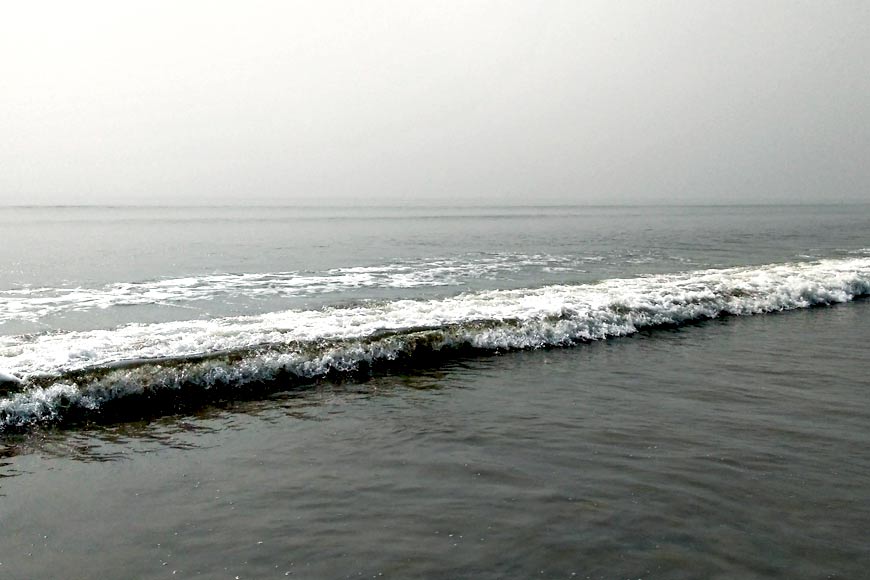Why Bay of Bengal is hotbed of world’s worst tropical cyclones?

Last week it was Cyclone Nisarga, couple of weeks before that it was Cyclone Amphan. And despite both being cyclones, they differed in form and shape and devastation --- Nisarga formed over Arabian Sea on the west coast of India, literally died in a whimper. Windspeeds were not more than 60-70km, at times going up to 100km on landfall, something that Bengal witnesses every summer, during Kalbaishakhi. Even a Norwester had hit Kolkata a week back with a windspeed of 95 km! But Cyclone Amphan formed over one of the largest bays of the world --- The Bay of Bengal, had scripted a different story. Kolkata unlike Mumbai had seen the worst storm of a century blowing at a windspeed of 135 km over the city and ravaging Sunderbans and Sagar at a windspeed of almost 165-180 km where it made a landfall.
That made me think, what is there in the Bay of Bengal, otherwise that looks so blue and beautiful, which makes it the hotbed of some of the notorious cyclones of the world? Well, this ocean is bold, trust me, it is. It has recorded 26 of the 35 deadliest tropical cyclones of the world and they keep rising by the year. Remember Cyclone Nargis of 2008? At least 140,000 people died and two million people were displaced as this cyclone formed over Bay of Bengal struck the Irrawaddy Delta in Myanmar. ‘It seemed as if a bucket of water had been sloshed across an ink drawing; the carefully marked lines [of the delta’s waterways] had been erased and the paper beneath was buckled and distorted.’ That’s what a journalist wrote about the calamity from Myanmar.
And of course, another formed over the Bay in 1999, the infamous Super-cyclone of Odisha that killed almost 10,000 people with rotting corpses and slain trees around. The fury of the Bay of Bengal is unparalleled. The recent Cyclone Amphan has also taught me that gory tale, as I held on to rattling doors and windows for hours as the storm raged for more than 8 hours over my beloved city. But what causes the Bay of Bengal to be so treacherous? Meteorologists believe bays that give birth to severe cyclones are shallow and concave where water pushed by the strong winds of a tropical cyclone get concentrated as a storm, which finally moves up the Bay. Unfortunately, that is the exact shape of Bay of Bengal, like a trough.
What makes matters worse are high sea surface temperatures in Bay of Bengal, a factor that further triggers extremely strong cyclones. On the contrary Arabian Sea is a far more calm sea. No wonder if 58% of cyclones are formed in the Bay of Bengal, only 25% are formed over Arabian Sea. Since sea surface temperatures and humidity both increase chances of cyclone formation, the Bay of Bengal is a more likely target because it gets higher rainfall with sluggish winds around it, keeping temperatures relatively high all year. Warm air currents enhance this surface temperature and aid the formation of cyclones. Well, that’s what I have always read in Geography lessons and now I experience it myself. Every year Bangladesh or Myanmar would be ravaged, Orissa or Andhra Pradesh battling, and thanks to the topography of the creek of Bengal, West Bengal coast was largely spared and most cyclones moved towards Bangladesh. This time we were not so lucky though!
The Bay of Bengal has another demon on its head, the high rainfall and constant inflow of fresh water from the Ganga and Brahmaputra rivers. The surface water gets refreshed continuously by these large rivers, making it impossible for the warm water to mix with the cooler water below, and Depressions keep forming. But the Arabian Sea receives stronger winds that help dissipate the heat, and the lack of constant fresh water supply helps the warm water mix with the cool water, reducing the temperature.
Bay of Bengal also welcomes cyclones formed far away in the Pacific Ocean. Cyclones usually weaken over a landmass. But due to lack of any such land between the Pacific Ocean and the Bay of Bengal, cyclonic winds easily move into the bay. Once here, the winds encounter the Western Ghats and the Himalayas, and weaken before reaching Arabian Sea. No wonder, the Bay of Bengal is never spared, but Arabian Sea enjoys the locational advantage. Hence in a gap of just 2 weeks, Cyclone Amphan over Bay of Bengal ravaged South Bengal, while Cyclone Nisarga spared Maharashtra to a large extent!










